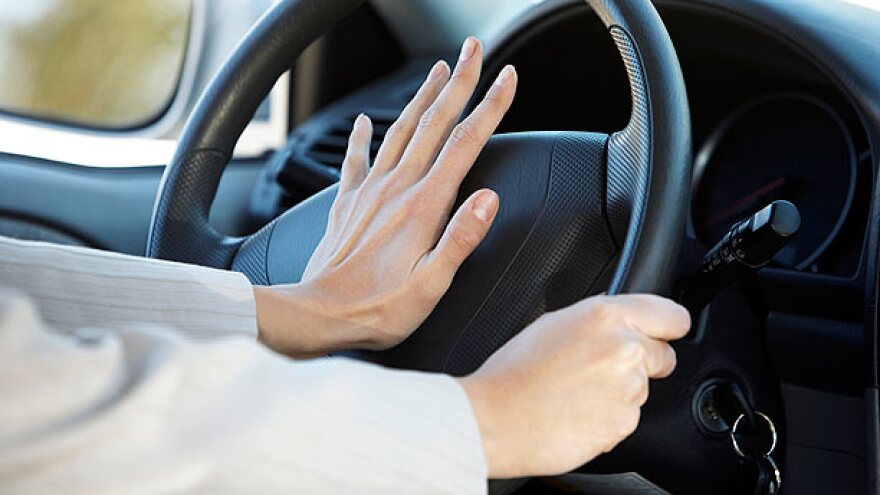Page 62 of the official Kansas Driver’s Handbook states: “A horn should only be used in emergency situations.” And, yes, the car horn is a safety feature, but how often have it ever helped prevent an accident? The only time I hear a driver using a horn is when they want to send an audio signal to express their feelings. In other words, a car horn is a musical instrument.
The car horn, for most of us, is the musical instrument most consistently at our disposal; the most immediate way to play a song for a stranger. And we can express a range of things to each other with our instruments; even though we can’t change the volume, we can use our honking technique to show happiness or displeasure.
And just like with other types of music, the design of our car horn songs are tied to culture and individual style. The beefiness of the sound tends to match the size of the car. European compacts play just one note. Bigger cars demand harmony - chords of two or three, and even four horns for the symphonic Cadillac Deville.
There is no forethought when we honk, no second-guessing, no consideration of technique or subtlety. It’s just reflex, a direct connection from the most primitive parts of our brains to the sonic landscape. It follows that the music we play on our car horns is the most purely expressive of any art form; behind each of these one-note melodies is a raw, unfiltered emotion heard only in moments of passion.






